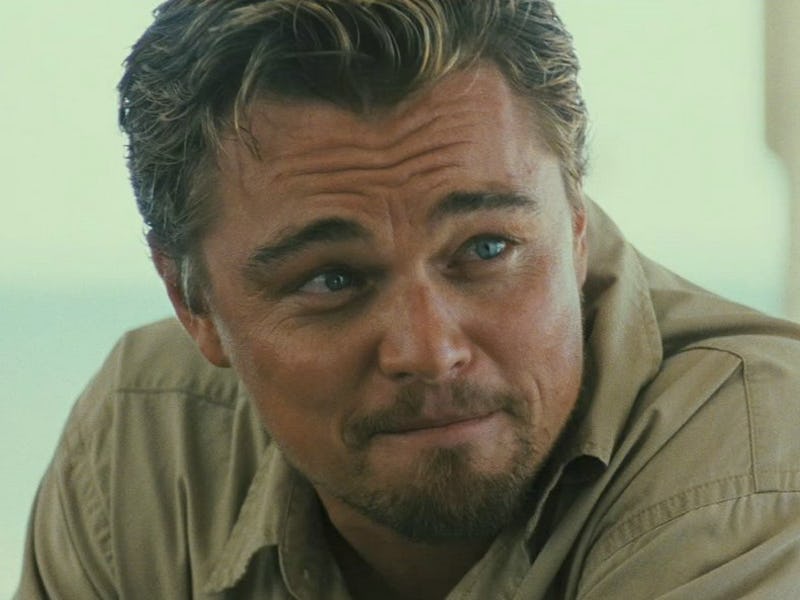This California Company Has Discovered How to Make Diamonds in a Lab
Leonardo DiCaprio is among those betting that lab-grown diamonds are the new earth-grown diamonds.

Here’s the pitch — real diamonds of exceptional quality, but without all that troublesome war, death, and child labor.
These diamonds aren’t fake or synthetic, they’re “cultured,” according to lead pitch-maker Stephen Haskell, VP of marketing for Diamond Foundry, the latest entrant in a growing industry of lab-made diamonds.
“A rose is a rose, whether it’s grown out in the wild, or in a greenhouse,” Haskell tells Inverse.
But isn’t part of a diamond’s appeal the fact that it was born in the belly of the earth, formed by a serendipitous mixture of heat, pressure, and time?
Sure, but the folks at Diamond Foundry have a different origin story. If you’re into techie things, you might find it just as compelling — if not more.
“It’s very hard to culture a diamond,” says Haskell. It took a team of MIT, Stanford, and Princeton engineers three years to fine-tune Diamond Foundry’s process, which uses a super-heated plasma and a diamond “seed” (a small piece of earth-grown diamond) to grow the gems, one atom on top of the other. Afterward, the seed is cut off and can be used again.
This is what Diamond Foundry's super-hot plasma looks like.
“There’s no other company with the technology we have,” he says.
The result is stones that are chemically identical to diamonds mined from the ground. A trained gemnologist won’t be able to tell the difference, says Haskell. Yes, there are certain techniques using very expensive lab equipment that could figure it out, but only by looking at subtle pattern variation at the molecular level.
You can buy loose diamonds or designer diamond jewelry from the company website. When you buy a piece, all the money goes to the artist — Diamond Foundry gets paid because the designers buy their product.
An award-winning ring by Michael Weggennman, with Diamond Foundry gems.
The company is so convinced that they have the right product and the right story that they are charging about the same, or even more, for a stone compared to an earth-mined equivalent.
It’s a marketing game — which, of course, the diamond jewelry industry has always been. The bet is that people will continue to believe that it’s really important to spend a lot of money on diamonds for the purpose of demonstrating your love and commitment to another human, even as they become more concerned with ethical and environmentally sustainable sourcing.
Who’s buying it? Leonardo DiCaprio, star of Blood Diamond, for one. He’s invested in the company personally.
“I’m proud to invest in Diamond Foundry Inc. — reducing the human and environmental toll of the diamond industry by sustainably culturing diamonds without the destructive use of mining,” according to his statement of endorsement.